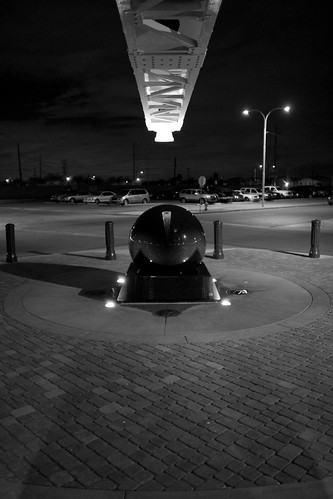
When asked the question, "Why do people make art?", many thoughts come to my head. However, if I try to put myself in an artists shoes or anyone else who enjoys art, I think the reason that they enjoy making art is because it is another way for them to express themselves, rather then saying it out loud. There are many ways you can share your feeling or emotions, whether it being for poetry or a painting. Nevertheless, creating art is very different from writing or poetry. People could sketch a rainbow with a bright sun and that could represent a happy feeling but others could draw flowers dying in pot with a black sky surrounding it. There are many different ways people could share how they are feeling in just a simple drawing. For example, the drawing that is shown to the right with the two rhinos staring at each other with other objects in the background, makes me feel that the artist in this painting was feeling angry or crazy. Rhinos represent themselves as wild animals and also filled with anger, but also I would not know if the artist was trying to persuade the viewer if he was feeling a different emotion.







